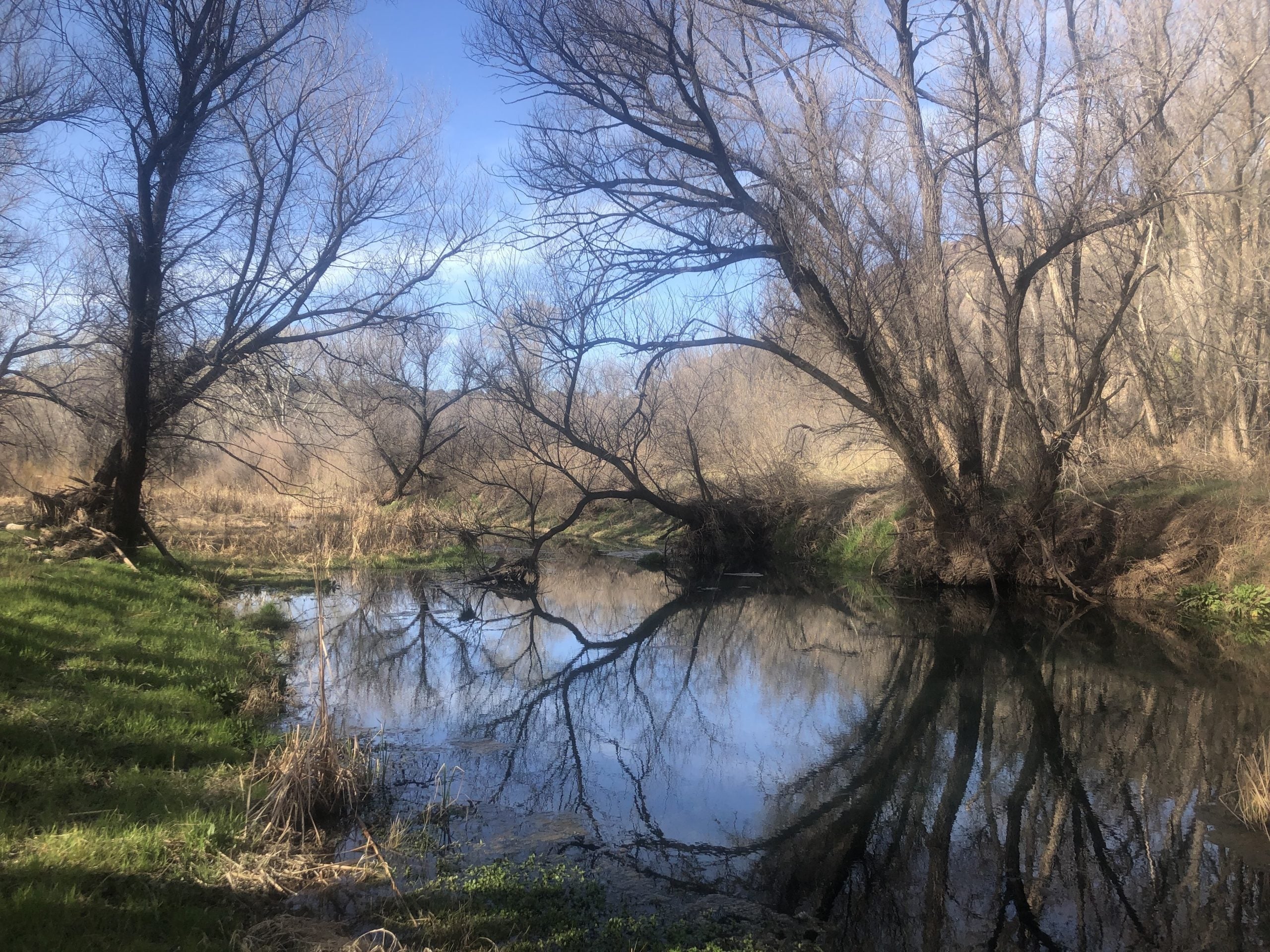A conservation win and groundwater loss: Arizona ends 2022 session with mixed water record

After months of negotiations, the Arizona Legislature passed a major water spending plan last month with funding for new conservation efforts to address deteriorating water supplies. However, for the fourth year in a row, state leaders failed to pass legislation to address unlimited groundwater pumping, missing an opportunity to enable a water secure future for 1.5 million rural residents and the state as a whole.
Big financial investments
The final $1.4 billion water spending plan, SB 1740, incorporated many of Water for Arizona Coalition’s comments, and we are grateful to the lawmakers and staff who worked on the bill. Rep. Andrés Cano, Rep. Morgan Abraham, and Minority Leader Reginald Bolding were instrumental in negotiating the $200 million conservation program.
Overall, the plan dedicates about $440 million for water conservation and projects to improve river and stream flows, recharge groundwater, and protect watersheds. The plan also includes a requirement to assess supply and demand in groundwater basins.
Augmenting supplies with water from out-of-state is another major focus of the plan, but questions remain about impact, timing and how much will actually be spent, given it will be up to future lawmakers to fully meet the augmentation fund’s aspirations.
Under an optimistic scenario, Arizona might expect another 100,000 acre-feet of water from a distant future desalination plant in the Sea of Cortez, if Mexico even agrees to it. For comparison, in 2022 alone, Arizona is expected to leave about 800,000 acre-feet of water in Lake Mead. And the Bureau of Reclamation recently asked states in the Colorado River Basin to figure out how to conserve an additional 2 million to 4 million acre-feet of water in Lake Mead and Lake Powell just within the next year to prevent those reservoirs from falling to levels so low that water cannot be delivered downstream.
In other words, a desal plant might yield, many years from now, if ever, only a very expensive drop in the bucket of what’s needed to offset declining Colorado River water, and that does not include even what would be needed to address other water supply deficits across the state, like groundwater overdraft.
That is why the $440 million investment in conservation and in-state water reliability and demand reduction projects is so important: These dollars can make a difference immediately while what the out-of-state augmentation investment actually means for Arizona is uncertain.
Rural groundwater disappointment
A proposal for Rural Management Areas, an opt-in program that would enable communities to manage their groundwater supplies, was in the mix of negotiations at the Capitol up to the end of the session, thanks to a groundswell of support from local leaders and the public in rural Arizona. At the last minute, however, the Legislature caved to special interests like private water companies, homebuilders, and agricultural associations representing out-of-state and large corporate interests, as well as Rep. Gail Griffin, who has been blocking attempts by rural communities to seek water self-determination for years.
Unfortunately, the inaction on groundwater jeopardizes new taxpayer-funded investments in other water projects, such as groundwater recharge. Putting more water in the ground or conserving water that can’t be protected or managed isn’t much help to the people who live in areas where the deepest well wins. It’s more like subsidizing the deepest well.
Groundwater movement inspires hope for what’s next
It took sustained effort by a group of lawmakers, staff and stakeholders to improve the initial water spending plan so that it better addressed needs across the state. That vigilance and effort will need to continue to ensure funding translates into real benefits for all communities. The public will also need to stay engaged as future lawmakers update the water spending plan.
Despite the Legislature’s failure to address unfettered groundwater pumping in rural areas, we saw much in 2022 that should inspire new hope. The movement for rural groundwater reform is accelerating even more after the Legislature failed to act again. In November, voters in two rural basins in Cochise County will cast ballots on whether to create new Active Management Areas — regions where groundwater is managed. And across the state, rural leaders are now coordinating and planning together.
In addition, rural leaders are now speaking for themselves and their communities on state water issues, and more people are now engaged on water than ever before. Unwilling to sit quietly as their water gets pumped out from underneath them, rural Arizonans are fighting for their communities and homes. In 2022, our rural leaders clearly demonstrated they are up for the challenges ahead.
We have unprecedented water challenges at our doorstep, and the Legislature took an important step in 2022 by making water investment a state priority. Although the Legislature faltered on critical groundwater policy, the tireless work to ensure water security for all continues, now with more people than ever engaged in the fight.










